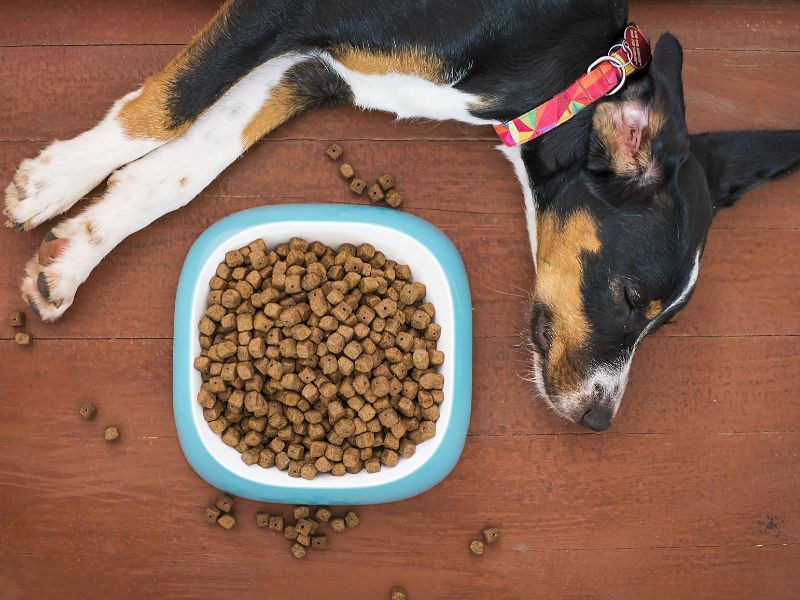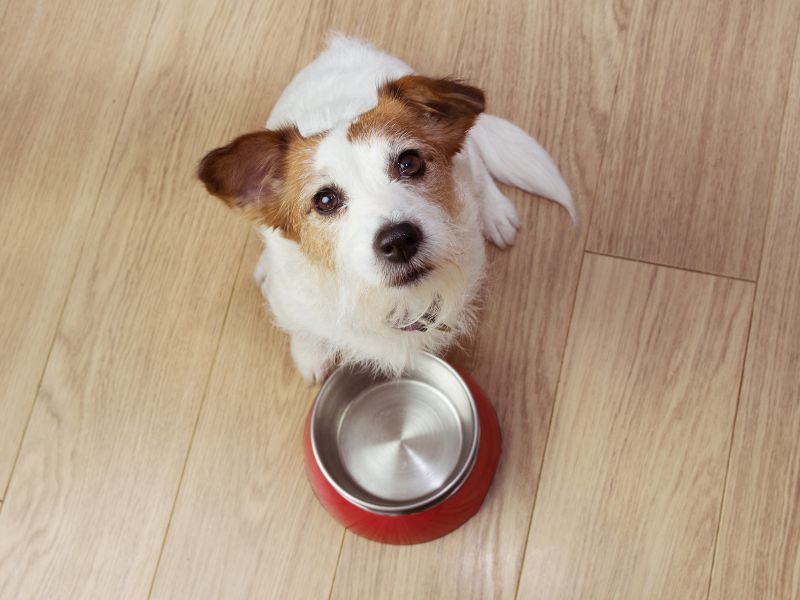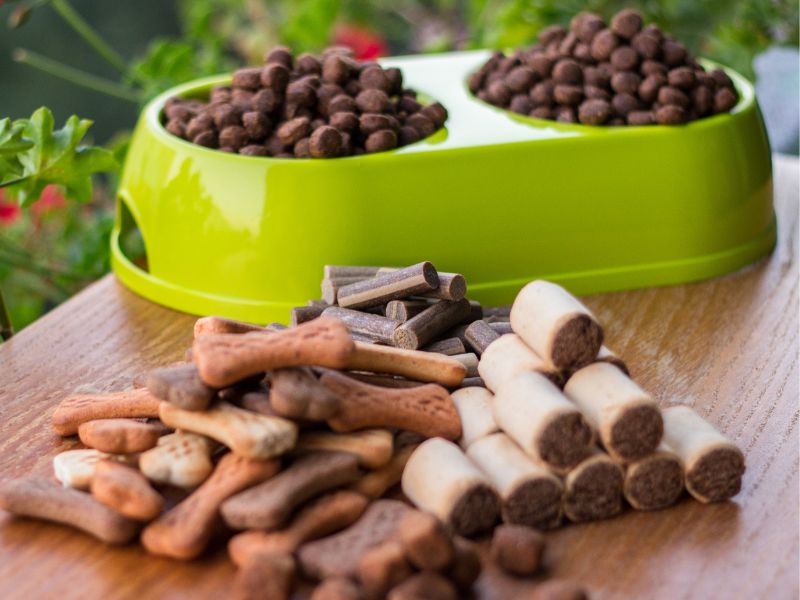From Mealtime to Free-Feeding
As a dog owner, you want your furry friend to be happy and healthy. One of the most important aspects of your dog’s health is their diet. Finding the perfect feeding routine can be challenging, especially with so many options available. Two of the most popular feeding routines are mealtime feeding and free-feeding. Both have their advantages and disadvantages, and it’s up to you to decide which one is best for your pup. In this article, we’ll discuss the pros and cons of each feeding routine and provide you with tips for finding the perfect feeding routine for your dog.
Understanding Your Dog’s Feeding Needs
Before we dive into the different feeding routines, let’s talk about your dog’s feeding needs. The amount of food your dog needs depends on several factors, including their age, weight, breed, and activity level. Puppies and active dogs need more food than older or less active dogs. It’s important to understand your dog’s unique needs and adjust their feeding routine accordingly.
Another important factor to consider is the type of food you’re feeding your dog. Your dog’s diet should consist of high-quality protein, carbohydrates, and healthy fats. Avoid foods with fillers or by-products, as they provide little nutritional value and can lead to health problems down the line.
Mealtime Feeding vs Free-Feeding
Now let’s talk about the two most popular feeding routines: mealtime feeding and free-feeding.
Mealtime Feeding:
Mealtime feeding is when you feed your dog a set amount of food at specific times throughout the day. This is the most common feeding routine for dogs and is recommended by most veterinarians. Mealtime feeding allows you to monitor your dog’s food intake and ensure they’re getting the proper nutrition. It also helps prevent overeating and obesity.
Free-Feeding:
Free-feeding, also known as self-feeding, is when you leave food out for your dog to eat whenever they want. This feeding routine is popular among busy dog owners who don’t have time to stick to a strict feeding schedule. It’s also convenient for dogs who don’t eat a lot at once and prefer to graze throughout the day.

Pros and Cons of Mealtime Feeding
Let’s take a closer look at the pros and cons of mealtime feeding.
Pros:
- Allows you to monitor your dog’s food intake and ensure they’re getting the proper nutrition.
- Helps prevent overeating and obesity.
- Establishes a routine and can help with training and behavior.
- Can be used to administer medication at specific times.
Cons:
- Requires a strict feeding schedule, which can be challenging for busy dog owners.
- Your dog may become anxious or agitated if they’re used to free-feeding.
- Dogs who eat quickly may be more prone to vomiting or choking.
Pros and Cons of Free-Feeding
Now let’s take a closer look at the pros and cons of free-feeding.
Pros:
- Convenient for busy dog owners who don’t have time to stick to a strict feeding schedule.
- Good for dogs who prefer to graze throughout the day.
- Can help prevent food aggression in multi-dog households.
Cons:
- Can lead to overeating and obesity if your dog isn’t self-regulating.
- Makes it difficult to monitor your dog’s food intake and ensure they’re getting the proper nutrition.
- Can lead to behavioral issues, such as food aggression or possessiveness.
Finding the Perfect Feeding Routine for Your Dog
Now that you understand the pros and cons of mealtime feeding and free-feeding, it’s time to decide which feeding routine is best for your pup. Consider your dog’s unique needs, lifestyle, and personality when making your decision. If you have a busy schedule and prefer a more hands-off approach, free-feeding may be the way to go. However, if you want to ensure your dog is getting the proper nutrition and establish a routine, mealtime feeding may be the better option.
It’s also important to note that you can combine both feeding routines. For example, you can leave food out for your dog to graze on during the day, but feed them a set amount of food at specific times for breakfast and dinner.
Tips for Transitioning from Mealtime to Free-Feeding or Vice Versa
If you’re considering switching your dog’s feeding routine, it’s important to do so gradually. Sudden changes to your dog’s diet can lead to digestive issues and behavioral problems. Here are some tips for transitioning from mealtime to free-feeding or vice versa:
- Gradually increase or decrease the amount of food you’re feeding your dog.
- Stick to a schedule during the transition period to help your dog adjust.
- Monitor your dog’s behavior and appetite during the transition period.
- If you’re switching to mealtime feeding, consider using a puzzle feeder to slow down your dog’s eating and prevent choking or vomiting.
Common Feeding Mistakes to Avoid
When it comes to feeding your dog, there are a few common mistakes to avoid. These include:
- Overfeeding your dog, which can lead to obesity and health problems.
- Feeding your dog table scraps, which can upset their stomach and lead to behavioral issues.
- Switching your dog’s food too frequently, which can cause digestive issues.
- Not measuring your dog’s food, which can lead to overfeeding or underfeeding.

See Also: Can Dogs Eat Raw Meat?
And: Nourish Your Pooch with a Delicious Vegan Diet
Feeding Schedule for Puppies and Adult Dogs
Puppies and adult dogs have different feeding needs. Puppies require more food and frequent meals to support their growth and development. Here’s a general feeding schedule for puppies and adult dogs:
Puppies:
- 6-12 weeks old: 4 meals per day
- 3-6 months old: 3 meals per day
- 6-12 months old: 2 meals per day
Adult Dogs:
- 1-2 meals per day, depending on your dog’s activity level and feeding routine.
How to Measure Your Dog’s Food
Measuring your dog’s food is important to ensure they’re getting the proper nutrition and prevent overeating. Here’s how to measure your dog’s food:
- Use a measuring cup to measure your dog’s food.
- Follow the feeding instructions on your dog’s food bag or consult with your veterinarian.
- Adjust the amount of food you’re feeding your dog based on their age, weight, and activity level.
Conclusion
Finding the perfect feeding routine for your pup can be challenging, but it’s an important decision that can have a significant impact on your dog’s health and happiness. Consider your dog’s unique needs, lifestyle, and personality when deciding on the best feeding routine. Whether you choose mealtime feeding, free-feeding, or a combination of both, be sure to monitor your dog’s food intake and ensure they’re getting the proper nutrition. With the right feeding routine, your furry friend will be happy, healthy, and full of energy.

